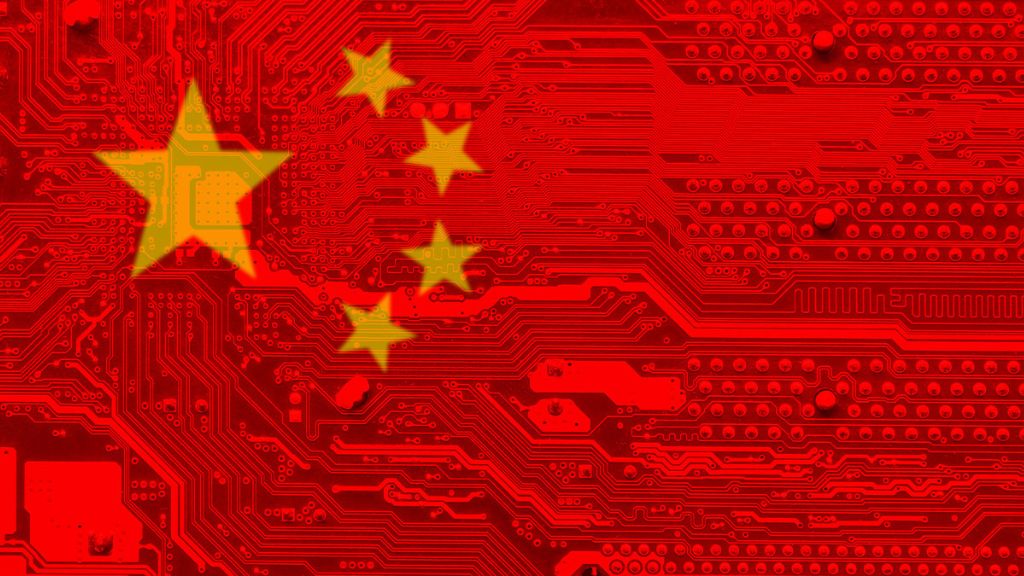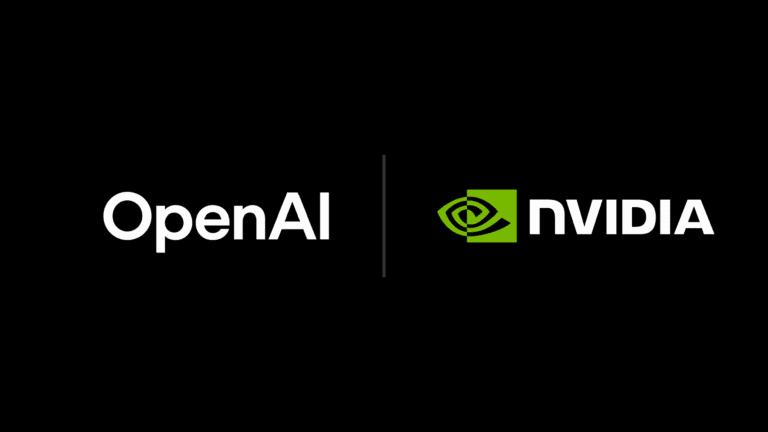
Artificial Intelligence (AI) has become the cornerstone of modern technological advancement, influencing industries from healthcare to defense. Among global players, China has emerged as a dominant force, competing fiercely with the rest of the world, particularly the United States and Europe, to lead the AI revolution. This article examines China’s rise in AI, its strategies, and how its efforts compare to those of other nations.
China’s AI Ambitions: A Strategic Vision
China has placed AI at the core of its national development strategy. The government’s 2017 Next Generation Artificial Intelligence Development Plan outlined its vision to become the world leader in AI by 2030. This ambitious plan includes:
- Massive Investment:
China is funneling billions into AI research and development. Estimates suggest that the country accounted for over 20% of global AI funding in recent years. AI startups like SenseTime, Megvii, and iFlyTek have achieved unicorn status, with significant backing from both private and public sectors. - Data Advantage:
With the world’s largest population and relatively lenient privacy regulations, China has access to vast amounts of data — the lifeblood of AI. This enables Chinese companies to train AI models at an unprecedented scale. - Government-Industry Collaboration:
Unlike many Western nations, where private corporations dominate AI research, China’s government works closely with its tech giants like Alibaba, Baidu, and Tencent to align innovation with national goals. - Talent Development:
China is rapidly closing the gap in AI talent by investing in education and attracting researchers from abroad. Initiatives to produce millions of AI specialists are part of the country’s long-term strategy.
The Rest of the World: Leading with Diversity and Ethics
The rest of the world, led by the United States and Europe, approaches AI development with a more decentralized yet equally competitive strategy.
United States: Innovation Powerhouse
The U.S. remains a global leader in AI innovation, with Silicon Valley as its epicenter. Companies like Google, Microsoft, and OpenAI are at the forefront, pushing boundaries with models like GPT-4 and autonomous systems. Key strengths of the U.S. include:
- Cutting-Edge Research: The U.S. leads in AI publications and patents, supported by top universities and research institutions.
- Venture Capital Dominance: American AI startups receive the lion’s share of global venture capital funding.
- Ethics and Regulation: The U.S. focuses heavily on ethical AI, ensuring fair use while addressing risks such as bias and misinformation.
Europe: Ethics-Driven AI
Europe prioritizes AI with an emphasis on privacy and regulation. The European Union’s AI Act seeks to establish global standards for ethical AI use. Although lagging in raw funding and data access compared to China and the U.S., Europe excels in creating frameworks that balance innovation with public trust.
Other Players: Global Contributions
- India: Leveraging its massive IT workforce to develop AI solutions in healthcare, agriculture, and education.
- Japan: Specializes in robotics and AI integration, with a focus on aging populations.
Key Areas of Competition
- Surveillance Technology:
China leads the world in surveillance AI, deploying facial recognition on a massive scale. Western nations, however, criticize these practices for their potential to erode privacy and civil liberties. - AI in Defense:
Both China and the U.S. are heavily investing in AI for military applications, including autonomous drones, cybersecurity, and predictive analytics. This has sparked concerns over an AI arms race. - AI in Healthcare:
China uses AI to tackle healthcare challenges by developing systems for early disease detection and personalized medicine. Western nations focus more on precision healthcare and ethical data use. - Generative AI:
While U.S.-based models like ChatGPT have set benchmarks, China has launched competitors such as Baidu’s Ernie Bot, demonstrating its capability to innovate in this space.
Challenges Facing China
Despite its rapid progress, China faces hurdles:
- Global Trust Deficit:
Concerns over intellectual property theft, cybersecurity risks, and surveillance practices have tarnished China’s global image. - Lack of Transparency:
Western AI development often emphasizes open research and reproducibility, while China’s approach is more opaque, raising concerns about accountability. - Geopolitical Tensions:
Export controls and sanctions on Chinese tech firms by the U.S. and its allies have limited China’s access to advanced semiconductors and other key technologies.
The Global Impact of the AI Race
The competition between China and the rest of the world is not just about technological supremacy; it’s about shaping the future of humanity. While China emphasizes scale and rapid deployment, Western nations focus on innovation and ethical considerations.
This duality creates opportunities for collaboration but also risks escalating into technological and ideological divisions. The ideal future would balance innovation with ethical standards, ensuring AI benefits all of humanity.
Conclusion
The race between China and the rest of the world in AI development is more than a rivalry; it is a defining moment in the history of technology. Whether China achieves its goal of dominance by 2030 or global cooperation emerges, one thing is clear: AI will continue to transform the world, with China playing a pivotal role in its evolution.




AI will always be a instrument for the good of humanity because it is built on human principles and human values.
While it’s an optimistic view that AI will always be a force for good, the reality is more nuanced. AI systems are indeed built on human principles and values, but these systems often reflect the biases, flaws, and intentions of their creators.